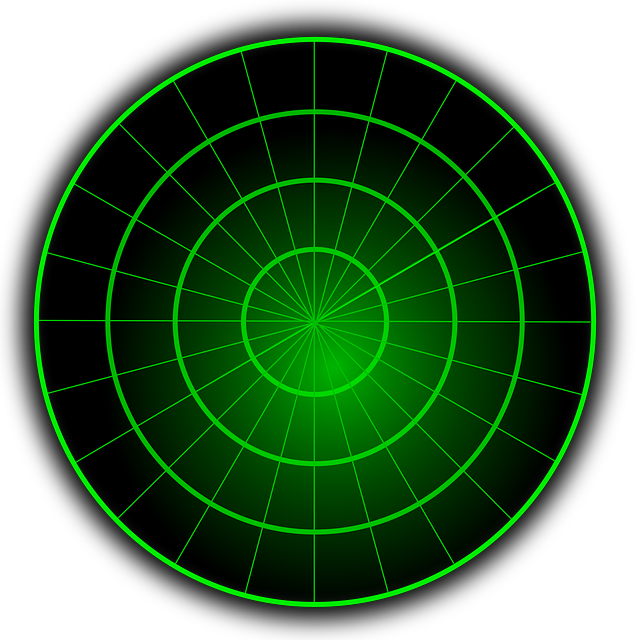Automated rule-based MEP clash detection services streamline industrial project management by identifying early system conflicts, enhancing efficiency, and ensuring safety standards, thereby reducing delays, rework, and non-compliance.
In today’s complex construction landscape, ensuring industry compliance is paramount. Automated rule-based MEP clash detection services are transforming how professionals identify potential conflicts in mechanical, electrical, and plumbing (MEP) systems. This article delves into the growing necessity of MEP clash detection, exploring how automating rules enhances efficiency and accuracy. We’ll also cover relevant industry standards, implementation strategies, and the substantial benefits these services bring to project success and regulatory adherence.
Understanding MEP Clash Detection Necessity
In today’s complex industrial landscape, ensuring compliance across various systems and regulations is no simple task. This is where MEP (Mechanical, Electrical, and Plumbing) clash detection services step in as a vital tool. Understanding the necessity of MEP clash detection is essential for managing potential issues before they escalate. With intricate projects involving multiple disciplines, any clashes or conflicts between mechanical, electrical, and plumbing systems can lead to costly delays, rework, and non-compliance with industry standards.
These clashes might not be immediately apparent during initial design stages, especially in bustling industrial environments where numerous components interact. Automated rule-based clash detection systems are designed to navigate this labyrinthine complexity by identifying potential conflicts through advanced algorithms. By employing these services, industries can enhance their ability to deliver projects on time and within budget while maintaining the highest standards of safety and compliance.
Automating Rules for Efficient Detection
In today’s digital era, automating rules for efficient MEP clash detection services is revolutionizing industry compliance. Traditional methods often rely on manual inspection, which can be time-consuming and prone to human error. By implementing automated rule-based systems, potential clashes between mechanical, electrical, and plumbing (MEP) systems can be swiftly identified. These advanced tools analyze complex design data, ensuring every component adheres to specified standards and regulations.
The efficiency gained from automation allows for quicker project turnaround times without compromising quality. This is especially beneficial in dynamic industries where regulatory requirements frequently update. Automated systems can adapt to these changes, providing real-time feedback and enabling professionals to make informed decisions instantaneously. Thus, enhancing overall project management and ensuring compliance across diverse sectors.
Industry Compliance Standards Overview
Industry compliance standards vary across sectors, but they all share a common goal: to ensure safety, quality, and ethical practices. In the context of MEP (Mechanical, Electrical, and Plumbing) projects, clash detection services play a pivotal role in adhering to these standards. These services identify potential conflicts between different systems—such as electrical wiring, plumbing pipes, or structural elements—before construction begins, thereby preventing costly delays and rework later.
By leveraging automated rule-based systems, MEP clash detection services enhance efficiency and accuracy. Automated tools can quickly analyze complex blueprints and 3D models, flagging potential clashes that might go unnoticed during manual reviews. This proactive approach not only saves time but also ensures that the final product complies with industry standards, promoting smoother project execution and better overall outcomes.
Implementing and Benefits of Automated Services
Implementing automated rule-based MEP clash detection services offers a transformative approach to ensuring industry compliance. Traditional methods, reliant on manual checks, are time-consuming and prone to human error. Automation revolutionizes this process by leveraging advanced algorithms to identify potential conflicts within complex MEP (Mechanical, Electrical, Plumbing) systems early in the design phase. This proactive strategy not only saves valuable time but also enhances overall project efficiency.
The benefits are multifaceted: reduced design errors, improved coordination among disciplines, and faster issue resolution. Automated systems can detect subtle clashes that might otherwise go unnoticed, leading to smoother construction and operation. Moreover, these services integrate seamlessly with existing workflows, making them accessible and practical for professionals in diverse industries, ultimately fostering a culture of precision and adherence to industry standards.
Automated rule-based MEP clash detection services have become indispensable tools for ensuring industry compliance. By streamlining the detection process, these services offer significant time and cost savings while enhancing overall project quality. Through the implementation of automated rules, professionals can navigate complex regulatory landscapes with ease, fostering efficient workflows and achieving superior outcomes. This innovative approach to MEP clash detection is revolutionizing industries, making it a game-changer for anyone seeking to maintain compliance in today’s competitive market.
